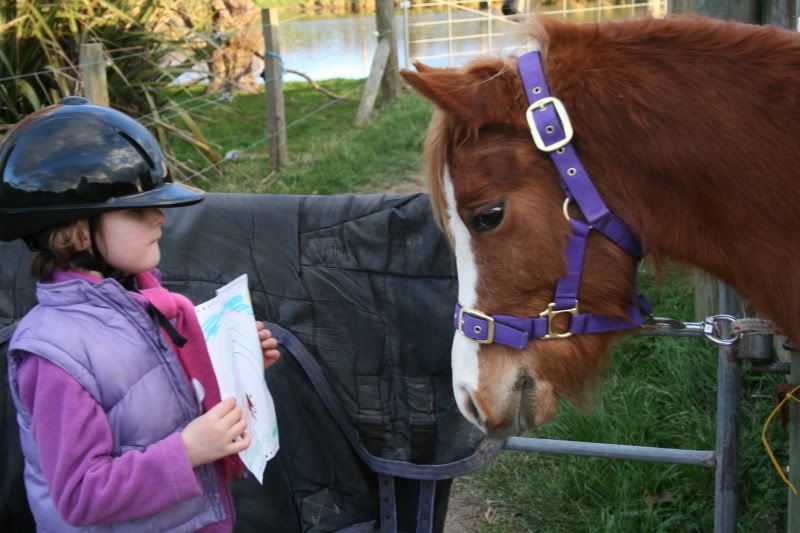
One increasingly interesting, sports-related lawsuit which hasn't garnered much attention here is
Gillispie v. University of Kentucky Athletic Association Inc., the suit filed by former University of Kentucky men's basketball coach Billy
Gillispie. As most are probably aware,
Gillispie was fired by Kentucky on March 27, 2009, after completing two years of a seven-year agreement valued at $1.5 million per year.
For the next two months,
Gillispie and the University attempted to negotiate an amicable resolution to the remaining term of the contract, until
Gillispie finally
filed suit in the United States District Court for the Northern District of Texas on May 27, 2009. In his
Complaint,
Gillispie asserts four causes of action: (i) breach of contract, (ii) fraud, (iii) fraudulent misrepresentation and inducement, and (iv)
tortious interference with prospective contract. The breach of contract claim asserts that Kentucky failed to agree to pay
Gillispie the $1.5 million/year he was owed under the agreement for 4 years following his termination without cause. The other claims effectively allege that the University fraudulently induced
Gillispie to sign with the University in 2007, insofar as the University had never intended to pay
Gillispie post-termination.
The day after
Gillispie filed suit in Texas, the University of Kentucky itself
filed suit against
Gillispie in a Kentucky state court, seeking a declaratory judgment that the University never entered a formal contract with
Gillispie, and therefore does not owe him any additional compensation.
One of the initial issues which must be resolved is whether the litigation should proceed in Texas or Kentucky. The University of Kentucky Athletic Association filed a
motion to dismiss in late June in the Texas action, asserting that the court lacked personal jurisdiction. Alternatively, the Athletic Association asked that the case be moved to Kentucky.
Once the courts determine the proper forum for the litigation, the parties will likely focus their attention on two primary issues. First, the parties dispute whether
Gillispie ever entered a formal contract with Kentucky. Rather than execute a formal written employment agreement,
Gillispie and the University instead allowed their relationship to be governed by the initial
two-page Memorandum of Understanding entered in April 2007. In his complaint,
Gillispie cites correspondence from the University stating that the
MoU "can itself serve as the employment contract" for
Gillispie. Meanwhile, the University's declaratory judgment complaint alleges that the
MoU is not an enforceable contract, as it expressly left material terms to be negotiated between the parties. According to the
University's complaint, the parties were still negotiating a formal employment agreement as recently as February of this year.
A second issue which will be disputed by the parties is whether
Gillispie was actually employed by the University of Kentucky or the University of Kentucky Athletic Association, and thus which is the proper party for purposes of the suit.
Gillispie has asserted that he was employed by the University of Kentucky Athletic Association, the tax-exempt, non-profit organization which manages Kentucky's athletic operations. The University of Kentucky denies this allegation, and asserts instead that it employed
Gillispie itself. The significance of this distinction is the fact that the University of Kentucky is a state agency, whereas the Athletic Association is a private corporation. Therefore, if
Gillispie was employed by the University itself, the University would be able to invoke the doctrine of sovereign immunity in its defense, potentially limiting
Gillispie to only his breach of contract claim. Meanwhile, if
Gillispie was in fact employed by the Athletic Association, the doctrine of sovereign immunity will not be available, and
Gillispie will be free to proceed with his fraud and tort claims.
The
Lexington Herald-Leader has been tracking the litigation, and earlier this month
reported that the University of Kentucky Athletic Association's 2007 tax return listed
Gillispie as the organization's highest-paid employee. As the newspaper noted, this disclosure places the University and the Athletic Association in an awkward position. If
Gillispie was in fact employed by the University of Kentucky, and not the Athletic Association, then the Association may be found to have submitted false information to the IRS, an action which could potentially threaten its tax-exempt status. Alternatively, if the Athletic Association was in fact
Gillispie's true employer, then the sovereign immunity defense will be unavailable to the University, increasing its potential exposure in the suit.
With so many fundamental issues in dispute, it will be interesting to watch how this litigation unfolds in the coming months.





















99_f.jpg)


















